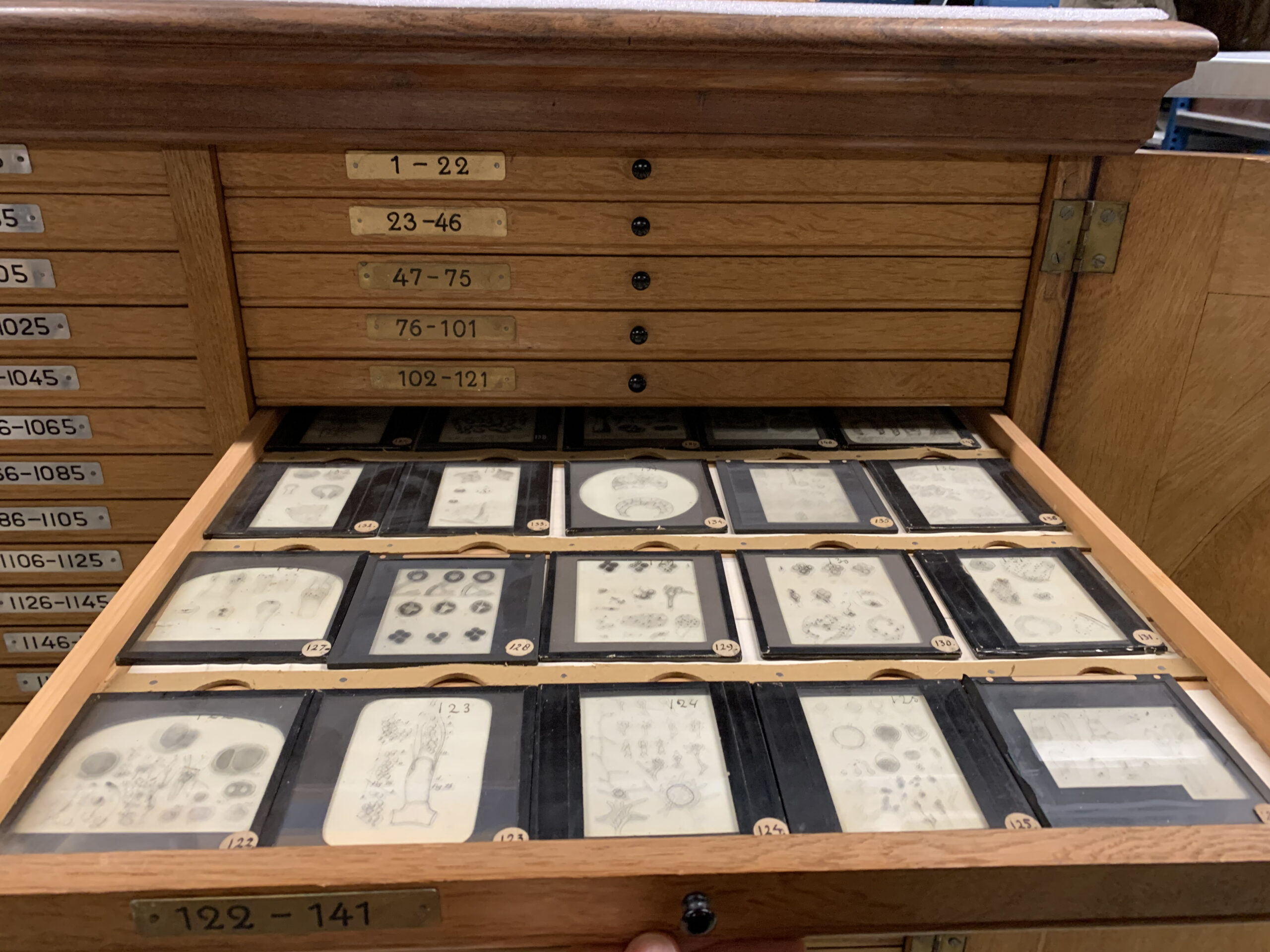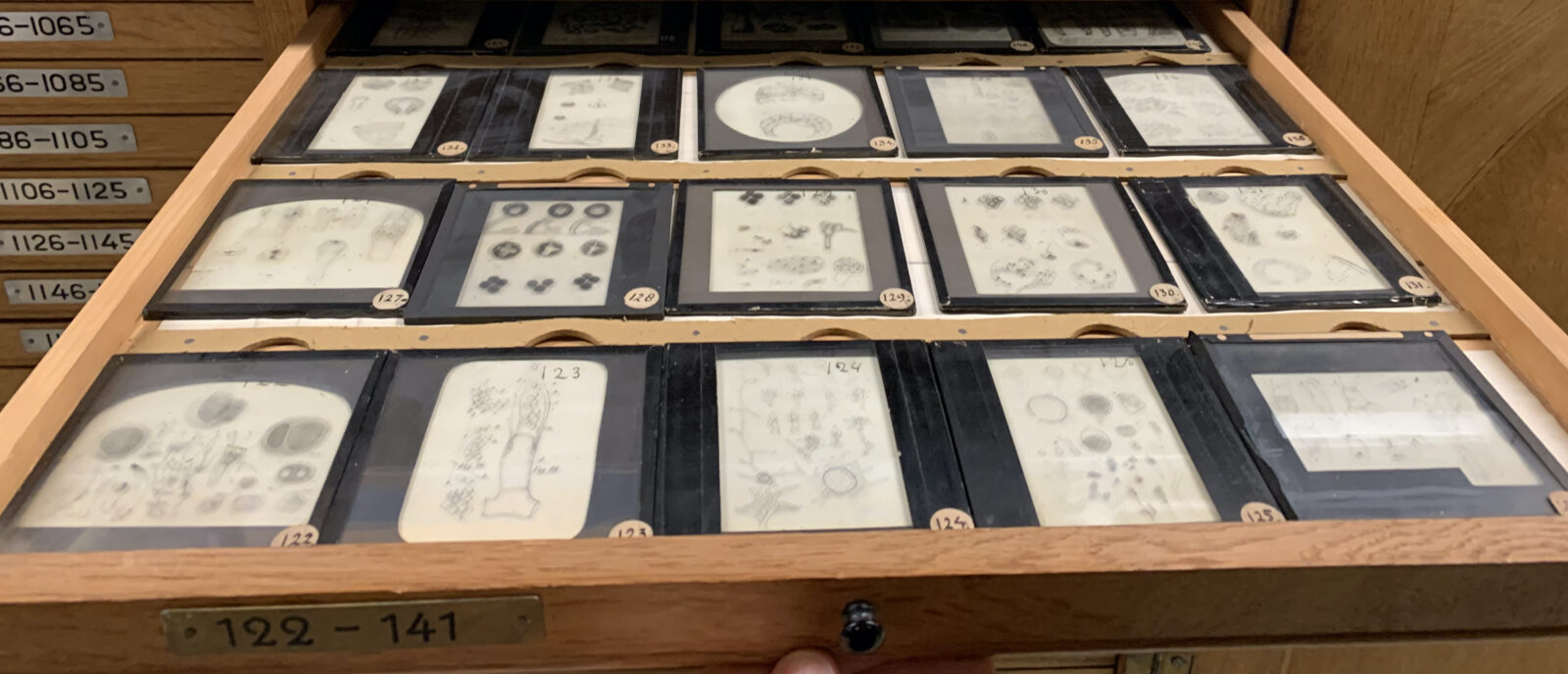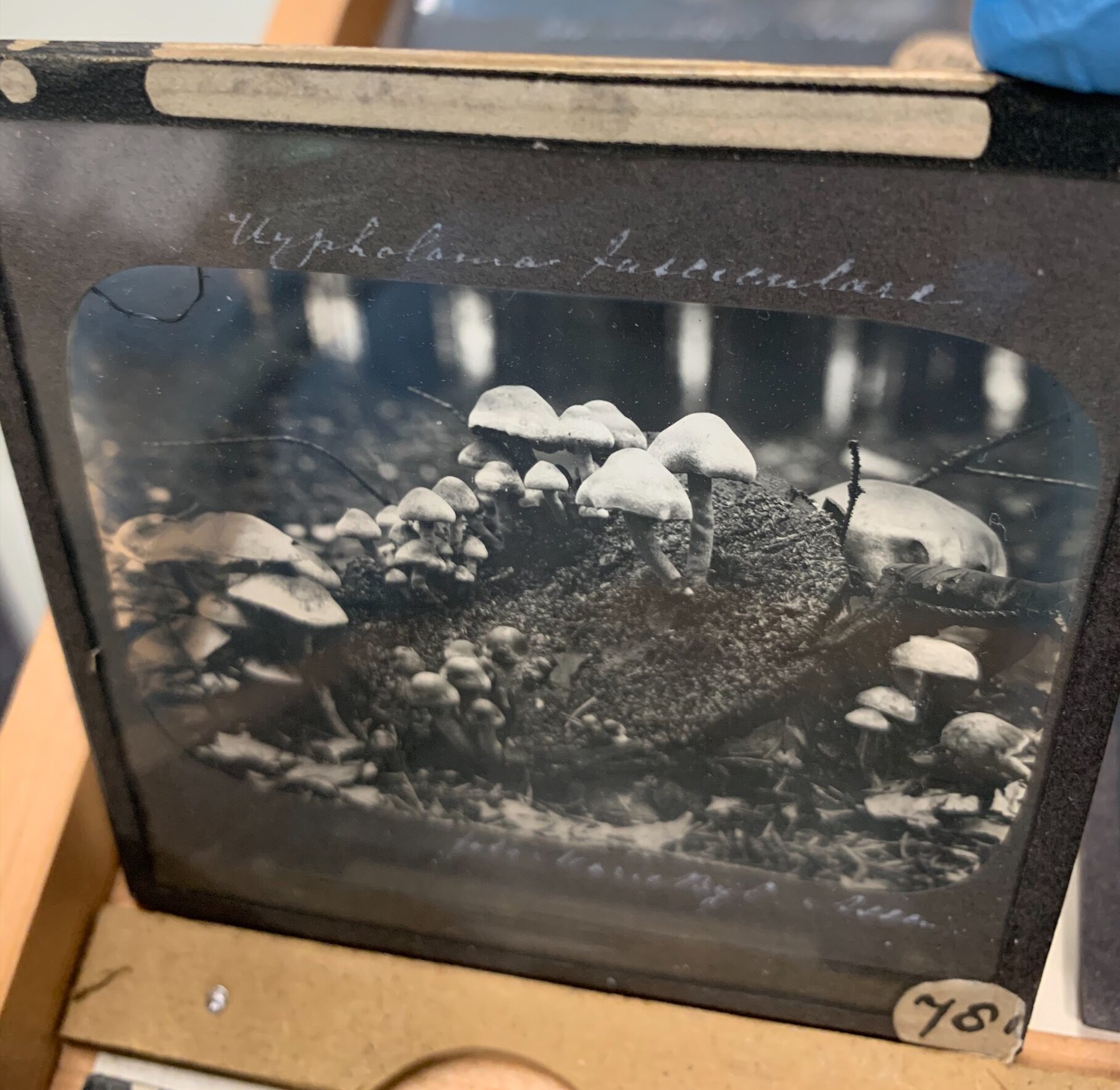Events
28 April 2022 | Symposium Order! Order! Making sense of the lantern lecture’s archival record, Teylers Museum

Symposium Order! Order! Making sense of the lantern lecture’s archival record
April 28, 11AM – 5PM
Teylers Museum, Spaarne 16, 2011 CH Haarlem
language: English
The current unfamiliarity with the medium of the (public) illustrated lecture is certainly not a matter of its unpopularity during the years our project’s research focuses on. Between the 1880s and 1940 it enjoyed a sustained presence in the rooms and on the platforms of a variety of academic and popular education venues, with a peak in the first 30 years of the 20th century and a slow fade since the postwar years. But as with so many artefacts of disappearing cultural forms, the lantern lecture’s archival record, although not exactly poor, is certainly haphazard.
The collections that we located and/or researched in Dutch repositories during the course of the project consist of approximately 150,000 slides—and counting. To date, the number of so-called lantern readings, lecture manuscripts and notes, however, is small. But large or small, the ways these materials are stored, catalogued or retrieved are rather contingent matters. And once retrieved, how does the user make sense of what is found?
First of all, as noted, coherence of materials—slides with their corresponding texts—is rare. In the case of institutional—mostly university—collections the lack of connectedness is the rule rather than the exception: As the slides have been used for a variety of purposes (evidenced by a layer of stickers on slides’ frames or masks), the order of their current storage is elusive. Accompanying lectures or notes to institutional slide collections would have been made by individual users for specific purposes. Repositories, moreover, may have altered the materials’ order and/or connectedness for reasons of their own. Cataloguing, furthermore, may be absent, particularly when no such records came with the materials. When a catalog reflects current storage, it may be just as elusive as the materials themselves. As well, with the exception of dedicated repositories, cataloguing may lag behind when the relevance of these materials is not deemed worthy of priority. On top of all this, an important secondary source, newspaper reports, has its own pitfalls, as most of them were written by reporters lacking subject expertise.
In this symposium we want to discuss a number of case studies of our research project and elsewhere: the challenges faced, the obstacles surmounted or circumvented, and the sense made of the lantern lecture’s archival record as it has come down to us.
Program of presentations
11.00 – 11.15: Welcome
11.15 – 11.30: Introduction by Frank Kessler, principal investigator of ‘Projecting Knowledge’, Media and Performance Studies, Utrecht University (UU)
11.30 – 12.00: presentation by Jamilla Notebaard (PhD ‘Projecting Knowledge’, UU) & Eloise Pasmore O’Pray (UU): “The mystery of the cupboard: botanical slides on display”
12.00 – 12.30: Tim de Zeeuw (registrar science collections, Teylers Museum): Q&A about a selective display of objects from Teylers collections
12.30 – 13.45: lunch (served on the premises)
13.45 – 14.15: presentation by: Paul Lambers (curator of natural history collections, University Museum Utrecht): “Taking care of 30,000 glass slides: storage and cataloguing”
14.15 – 14.45: presentation by: Soeluh van den Berg (curator film-related collections, Eye Filmmuseum): “Retrieving cities, landscapes, stars and séances on lantern slides”
14.45 – 15.15: presentation by Sabine Lenk (researcher B-Magic, Université libre de Bruxelles/Universiteit Antwerpen): “Seeing opportunities in what the past has left us: archive collections from the user’s point of view”
15.15 – 15.45: tea/coffee break
15.45 -17.00: plenary discussion
_ _


